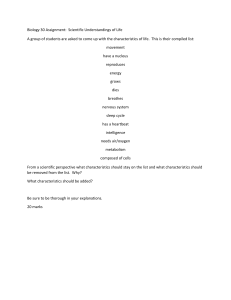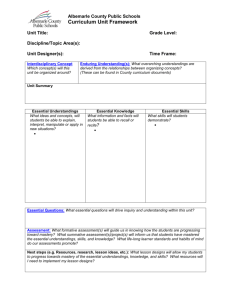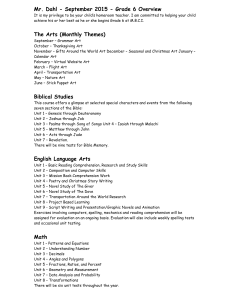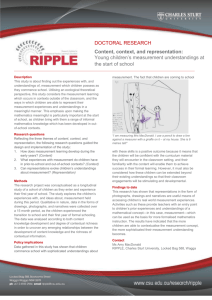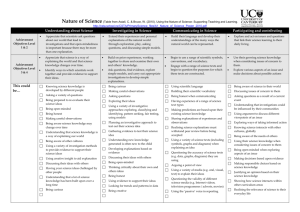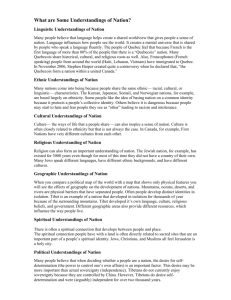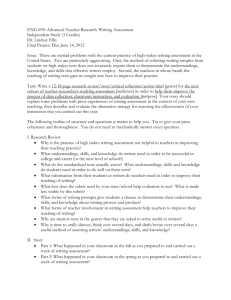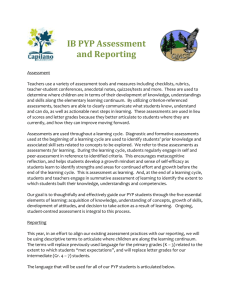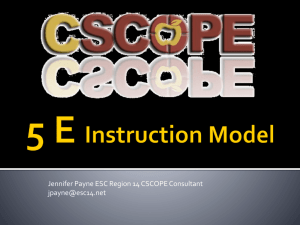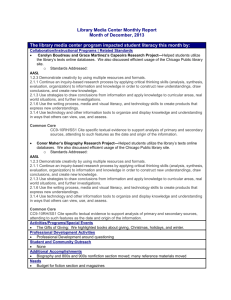Critical Reflection Rubric for Intensive Learning Program
advertisement
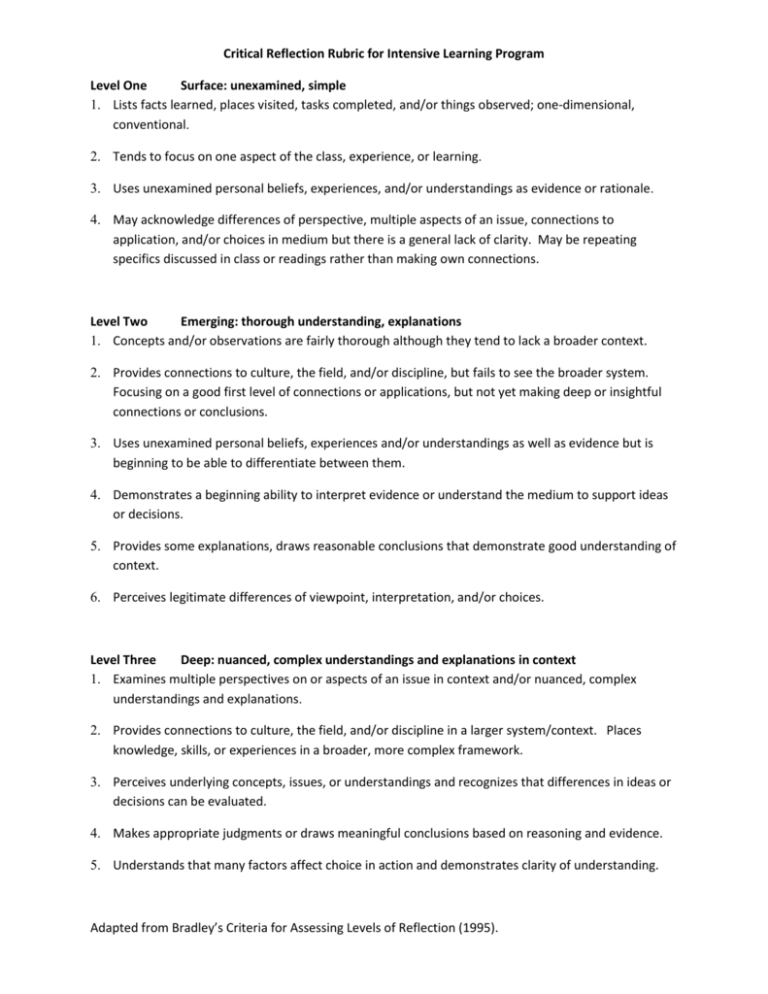
Critical Reflection Rubric for Intensive Learning Program Level One Surface: unexamined, simple 1. Lists facts learned, places visited, tasks completed, and/or things observed; one-dimensional, conventional. 2. Tends to focus on one aspect of the class, experience, or learning. 3. Uses unexamined personal beliefs, experiences, and/or understandings as evidence or rationale. 4. May acknowledge differences of perspective, multiple aspects of an issue, connections to application, and/or choices in medium but there is a general lack of clarity. May be repeating specifics discussed in class or readings rather than making own connections. Level Two Emerging: thorough understanding, explanations 1. Concepts and/or observations are fairly thorough although they tend to lack a broader context. 2. Provides connections to culture, the field, and/or discipline, but fails to see the broader system. Focusing on a good first level of connections or applications, but not yet making deep or insightful connections or conclusions. 3. Uses unexamined personal beliefs, experiences and/or understandings as well as evidence but is beginning to be able to differentiate between them. 4. Demonstrates a beginning ability to interpret evidence or understand the medium to support ideas or decisions. 5. Provides some explanations, draws reasonable conclusions that demonstrate good understanding of context. 6. Perceives legitimate differences of viewpoint, interpretation, and/or choices. Level Three Deep: nuanced, complex understandings and explanations in context 1. Examines multiple perspectives on or aspects of an issue in context and/or nuanced, complex understandings and explanations. 2. Provides connections to culture, the field, and/or discipline in a larger system/context. Places knowledge, skills, or experiences in a broader, more complex framework. 3. Perceives underlying concepts, issues, or understandings and recognizes that differences in ideas or decisions can be evaluated. 4. Makes appropriate judgments or draws meaningful conclusions based on reasoning and evidence. 5. Understands that many factors affect choice in action and demonstrates clarity of understanding. Adapted from Bradley’s Criteria for Assessing Levels of Reflection (1995).
